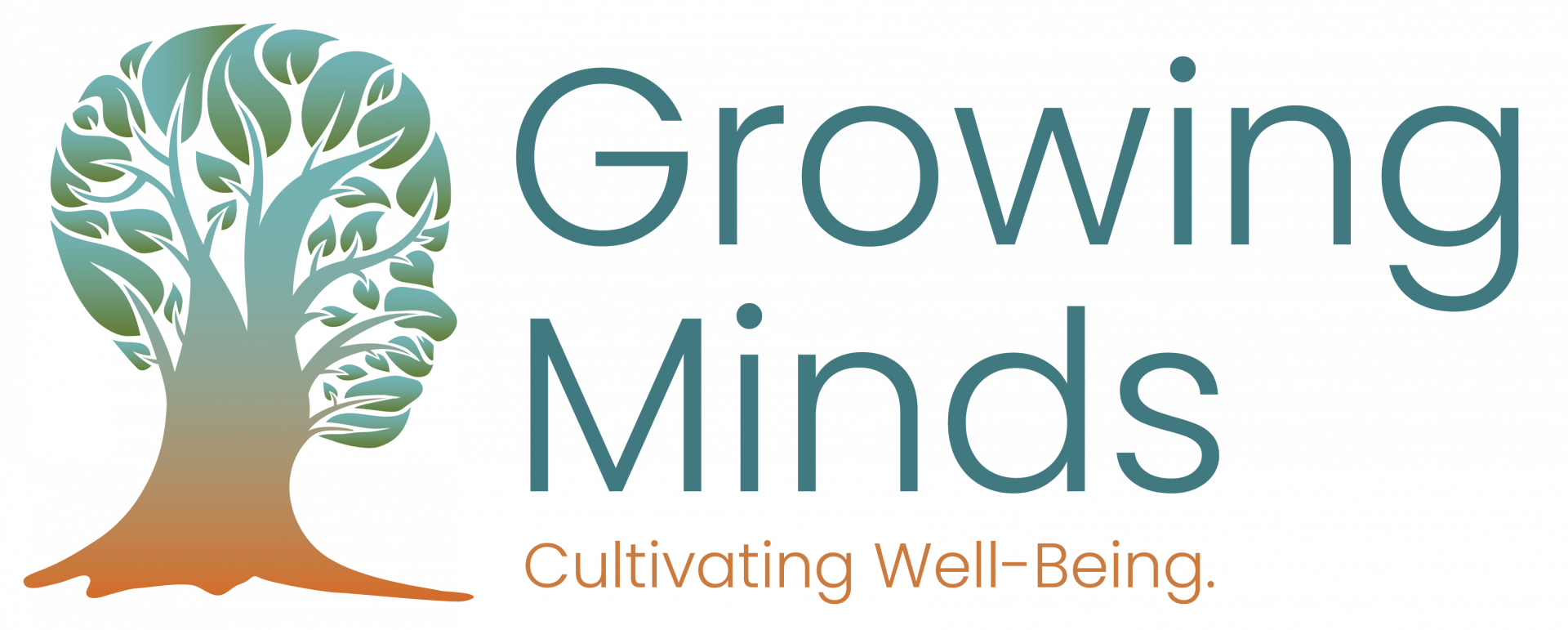
Satisfaction in Life

The Science of Mindful Well-Being
Over the past several decades, mindfulness has gained widespread attention. Its range of benefits are touted across diverse populations and contexts.
Some of these gains have been tied to individual well-being, others are relational, and many appear to be intertwined. What truly is the science behind mindfulness and the evidence base supporting its use?
Some of these gains have been tied to individual well-being, others are relational, and many appear to be intertwined. What truly is the science behind mindfulness and the evidence base supporting its use?
Satisfaction In Life
Well-being is a skill that can be learned and practiced
Mindfulness is an effective tool for managing stress
Happiness, Joy and Contentment Can Be Cultivated
Well-Being is a Skill that Can Be Learned and Practiced
Drag to resize
According to Dr. Richard Davidson, Director and Founder of the Center for Healthy Minds at UW Madison, and nominated as Time Magazine’s 100 Most Influential People in 2006, well-being is “not a static thing” – but a set of skills that can be learned and cultivated over time, like learning to play a musical instrument or riding a bike. Just like exercise for the body the neuroscience of mindfulness shows how paying attention, on purpose, with compassion and curiosity - the essence of mindful practices - is tied to physiological and emotional changes that have widespread benefits.
“The more we understand ourselves and our emotions, the more we can do to create a kinder, wiser, more compassionate world.”
“The more we understand ourselves and our emotions, the more we can do to create a kinder, wiser, more compassionate world.”
Substantiated by decades of research, Dr. Davidson and colleagues have demonstrated that well-being can be nourished by engaging in intentional practices that enhance awareness, connection, insight, and purpose.
“When nurtured on a grand scale, these qualities – particularly kindness and compassion – would inevitably lead to changes for the better in our communities, our nations, and our societies.
We view this ‘curriculum’ as one solution to an urgent public health need: reducing greed, selfishness, us/them thinking and impending eco-calamities, and promoting more kindness, clarity, and calm.”
Drag to resize
Goldberg, S. B., Riordan, K., Sun, S., & Davidson, R. J. (in press). The empirical status of mindfulness-based interventions: A systematic review of 44 meta-analyses of randomized controlled trials. Perspectives on Psychological Science.
Goleman, D., & Davidson, R.J. (2018). Altered traits: Science reveals how meditation changes our mind, brain, and body. New York: Avery Publishing.
Drag to resize
Mindfulness is an Effective Tool for Managing Stress
Drag to resize
Studies to date have shown that mindfulness-based practices are an effective tool for helping both the mind and body bounce back and grow from stress and stressful situations.
Dan Siegel, M.D. clinical professor of psychiatry at the UCLA School of Medicine explains, thanks to breakthroughs in brain imagining technology, we can actually see how training our attention in a purposeful way actually changes the size and structure of certain areas of the brain, particularly those responsible for managing emotions like anger, fear, frustration, and sadness.
“Inviting our thoughts and feelings into awareness allows us to learn from them, rather than be driven by them.”
The promise of mindfulness as an effective tool for navigating the continuum of stress - from momentary, short term stress to longer term, toxic, or systemic stress - has fueled the proliferation of increasingly rigorous research into its use and benefits.
While we should mind the hype touting contemplative practices as a cure-all, the evidence showing the efficacy of mindfulness for decreasing reactivity to stressors and the ability to recover better from stress - in other words, the ability to cultivate resiliency - is robust.
Dan Siegel, M.D. clinical professor of psychiatry at the UCLA School of Medicine explains, thanks to breakthroughs in brain imagining technology, we can actually see how training our attention in a purposeful way actually changes the size and structure of certain areas of the brain, particularly those responsible for managing emotions like anger, fear, frustration, and sadness.
“Inviting our thoughts and feelings into awareness allows us to learn from them, rather than be driven by them.”
The promise of mindfulness as an effective tool for navigating the continuum of stress - from momentary, short term stress to longer term, toxic, or systemic stress - has fueled the proliferation of increasingly rigorous research into its use and benefits.
While we should mind the hype touting contemplative practices as a cure-all, the evidence showing the efficacy of mindfulness for decreasing reactivity to stressors and the ability to recover better from stress - in other words, the ability to cultivate resiliency - is robust.
Drag to resize
Siegel, D. J.& Bryson, T. P. (2020). The Power of Showing Up: How Parental Presence Shapes Who Our Kids Become and How Their Brains Get Wired. New York: Ballantine Books
Siegel, D. J. (2009). Mindful awareness, mindsight, and neural integration. The Humanistic Psychologist, 37(2), 137-158. doi:http://dx.doi.org.mmu.ezproxy.switchinc.org/10.1080/08873260902892220
Sigel, D. J. (2010). Mindsight: The New Science of Personal Transformation. New York: Bantam Books
Siegel, D. J. (2009). Mindful awareness, mindsight, and neural integration. The Humanistic Psychologist, 37(2), 137-158. doi:http://dx.doi.org.mmu.ezproxy.switchinc.org/10.1080/08873260902892220
Sigel, D. J. (2010). Mindsight: The New Science of Personal Transformation. New York: Bantam Books
Drag to resize
Happiness, Joy and Contentment Can Be Cultivated
Drag to resize
When thinking about contentment and happiness, there’s a natural tendency to tie our sense of well-being to external circumstances: to what is going on in our lives and around us. Using strategies to cultivate a sense of inner richness, we can intentionally step off the roller-coaster of life’s ever-changing conditions, and develop an inner richness that is more dependable.
Researchers like neuropsychologist Dr. Rick Hanson continue to unearth how we can create a greater sense of enduring contentment, positivity, and generosity by harnessing what scientists call experience-dependent neuroplasticity.
This science continues to demonstrate how the brain is shaped by where we place our attention. If we don’t make use of this power to purposefully focus our attention, says Hanson, other forces will shape the brain for you – including pressures at work and home, technology and media, the lingering effects of painful past experiences.
“Neurons that fire together, wire together. Mental states become neural traits. Day after day, your mind is building your brain. What you pay attention to is the primary shaper of your brain.”
Mindfulness-based practices provide everyday opportunities to build the neural pathways that support mental and emotional well-being. When people use these tools of self-directed neuroplasticity, they become they become like muscle memory for the brain - building up a lasting sense of inner stability, confidence, and kindness toward oneself and others. Over time, these positive neural states become lasting neural traits.
Drag to resize
Hanson, R. (2013). Hardwiring Happiness: The New Brain Science of Contentment, Calm, and Confidence (First edition.). Harmony Books.
Featured links
-
About us
-
Contact Us
-
Educator Information
-
Free Mindfulness Curriculum Resources
-
Free Adult Practice Videos
-
Take 5ive Classroom Practice Videos
Growing Minds makes well-being, mental health, and mindful awareness concepts relatable and actionable.
Growing Minds is proud to be a 501(c)(3) Non-Profit
Growing Minds is proud to be a 501(c)(3) Non-Profit
Copyright © 2025
